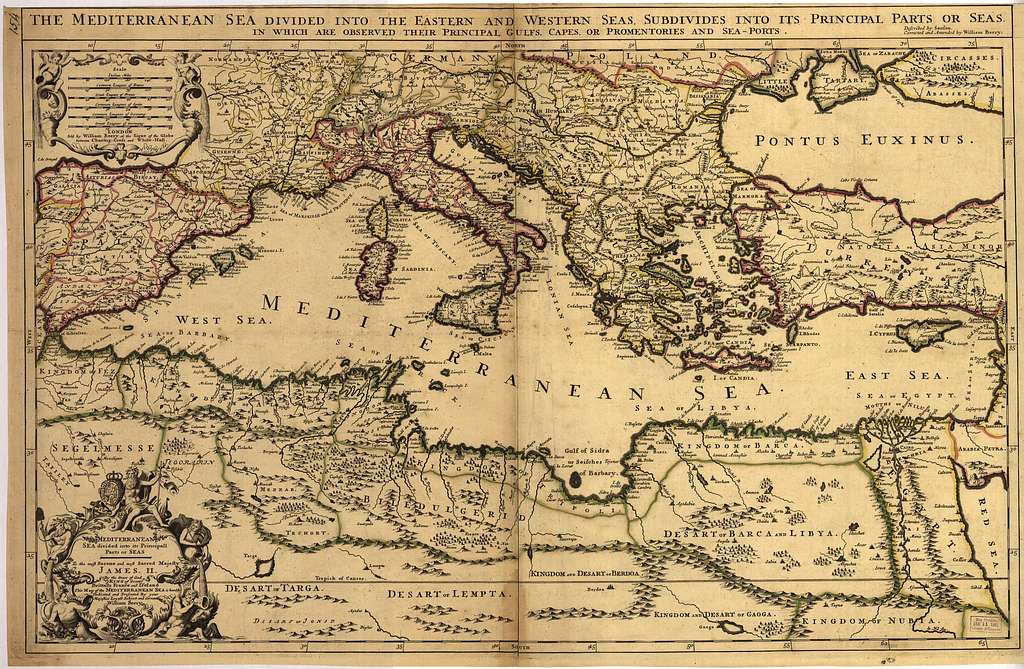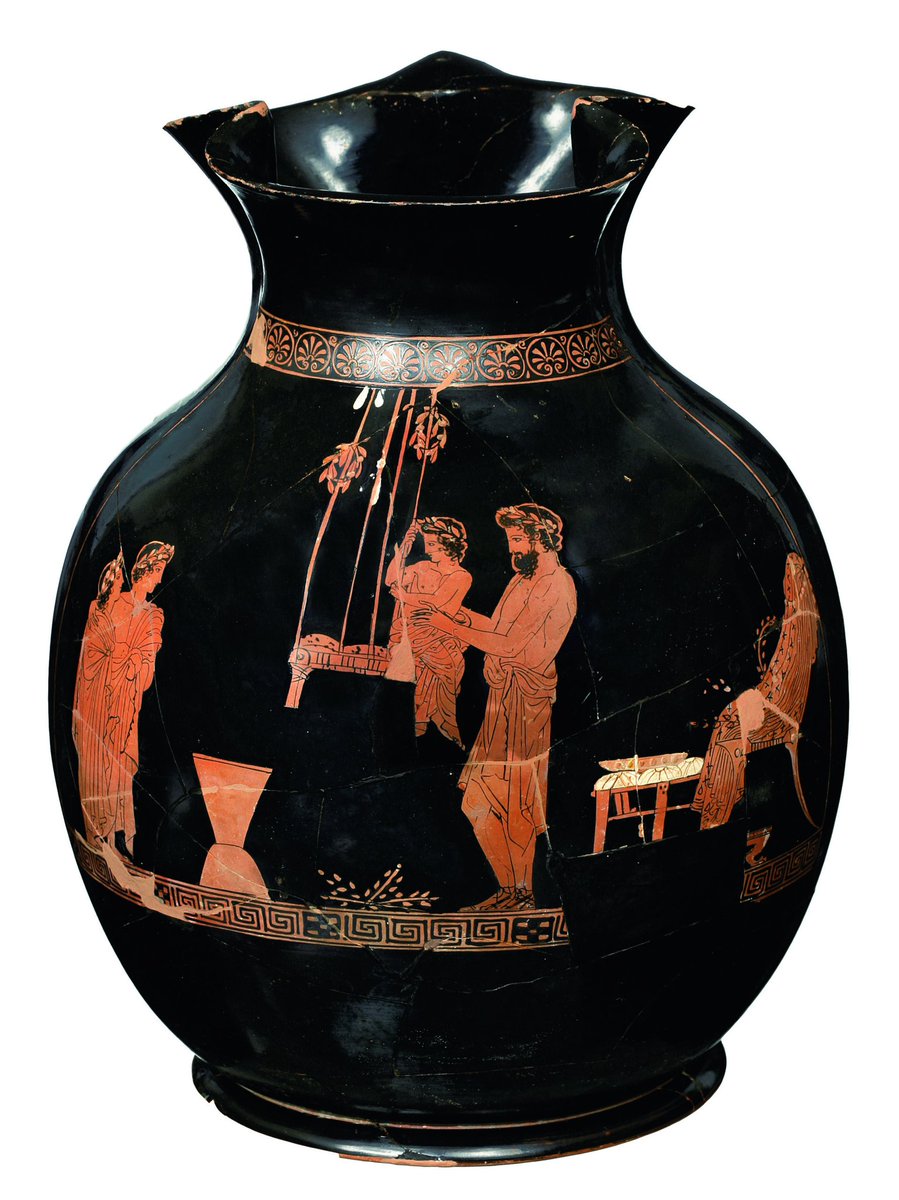How to get URL link on X (Twitter) App

 The Seleucid Empire covered large swaths of the Middle East and Central Asia but its power started to diminish.
The Seleucid Empire covered large swaths of the Middle East and Central Asia but its power started to diminish.

 Both term are influenced from a Greek point of view. Anatolia initially meant the lands in the east in general but it came to be traditionally associated with Asia Minor, and remains in use in various occasions even today.
Both term are influenced from a Greek point of view. Anatolia initially meant the lands in the east in general but it came to be traditionally associated with Asia Minor, and remains in use in various occasions even today.

 The worship of Isis and Osiris adopted by the Greeks after Alexander's conquest of Egypt. Isis can be identified here with the goddess Demeter or Aphrodite, while Sarapis, the Hellenized form of Osiris, was equated with powerful gods of the Greek pantheon.
The worship of Isis and Osiris adopted by the Greeks after Alexander's conquest of Egypt. Isis can be identified here with the goddess Demeter or Aphrodite, while Sarapis, the Hellenized form of Osiris, was equated with powerful gods of the Greek pantheon. 
https://twitter.com/lijukic/status/1657129873645641728Merely reveals the aspirations of the Papacy to unhinged itself from the grips of Constantinople and re-create from scratch a long gone title of "Roman Emperor" in the West, one much more closer to the Papacy, to serve better for its political/religious ambitions.

 The vase features a scene associated with the Aiōra (Swing) ritual, which probably took place in Attica during the Anthesteria festival, in honor of Dionysus.
The vase features a scene associated with the Aiōra (Swing) ritual, which probably took place in Attica during the Anthesteria festival, in honor of Dionysus. 


 Its history dates back to the 2nd millennium BC. The oak trees of the grove was supposedly the path of communication with Gaia (later Zeus and Dione). The priests delivered divinations by interpreting the rustling of the Sacred Oak’s leaves and the flight of wild pigeons.
Its history dates back to the 2nd millennium BC. The oak trees of the grove was supposedly the path of communication with Gaia (later Zeus and Dione). The priests delivered divinations by interpreting the rustling of the Sacred Oak’s leaves and the flight of wild pigeons. 

 While they lived in difficult times when women were deprived of many rights or privileges, they managed to show their personalities and to carve their names with golden letters in history.
While they lived in difficult times when women were deprived of many rights or privileges, they managed to show their personalities and to carve their names with golden letters in history.
 ©Painting by Adolf Hirémy-Hirschl, 1898. "Souls on the Banks of the Acheron river"
©Painting by Adolf Hirémy-Hirschl, 1898. "Souls on the Banks of the Acheron river"

 Overcoming the Slavic and Arab invasions (reputedly through the intervention of St. Andrew) by the 10th c. the Bishop of Patras was elevated to Metropolitan having much of Peloponnese under its control. thebyzantinelegacy.com/patras
Overcoming the Slavic and Arab invasions (reputedly through the intervention of St. Andrew) by the 10th c. the Bishop of Patras was elevated to Metropolitan having much of Peloponnese under its control. thebyzantinelegacy.com/patras 




 Digital reconstruction by: anasynthesis.co.uk/index.php/delp…
Digital reconstruction by: anasynthesis.co.uk/index.php/delp…

 Nike is the personification of Victory.
Nike is the personification of Victory.

 Credits:
Credits:
 1/ Detail of the fresco "Saffron Gatherers", 1650 BCE
1/ Detail of the fresco "Saffron Gatherers", 1650 BCE

 In a local myth (Description of Greece, Pausanias), Briareus, one of the Hecatonchires, was the arbitrator in a dispute between Poseidon and Helios, between sea and sun: he adjudged the Isthmus of Corinth to belong to Poseidon and the acropolis of Corinth to be sacred to Helios.
In a local myth (Description of Greece, Pausanias), Briareus, one of the Hecatonchires, was the arbitrator in a dispute between Poseidon and Helios, between sea and sun: he adjudged the Isthmus of Corinth to belong to Poseidon and the acropolis of Corinth to be sacred to Helios. 

 Since its discovery in the 1970s these frescoes have been causing discussion between archaeologists about the sort of the depiction.
Since its discovery in the 1970s these frescoes have been causing discussion between archaeologists about the sort of the depiction. 

 It seems that the picture is a little refined to cover some imperfections on the face.
It seems that the picture is a little refined to cover some imperfections on the face. 

